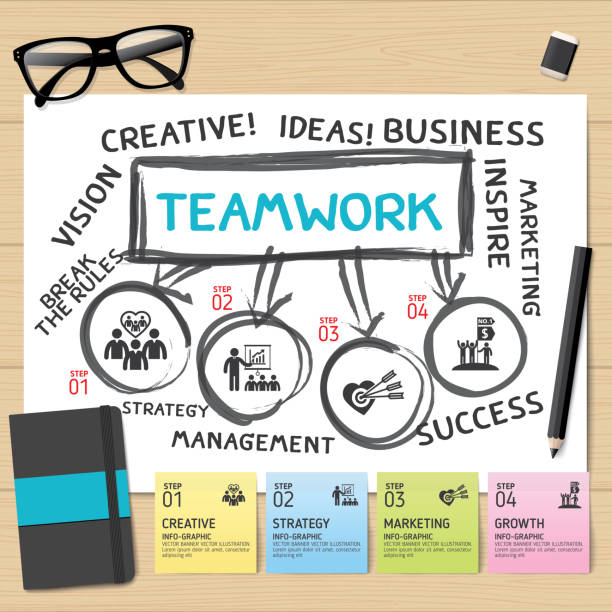What do you hope to achieve with your competitive intelligence program
It can seem like you are juggling a thousand priorities when you’re in a busy market or if you’re a market leader. Getting wrapped up in a big project or a million little tasks that need to be done or the same as going to be done is a real feeling.
Competitive intelligence (CI) is a must for all product marketers. Understanding the current landscape is important for being successful in the face of competitors. Without defining your CI priorities, you’re setting yourself up for failure.
Do not strive for perfection but rather progress. Focus your efforts on areas that align with your overall goals.
How do you set your CI goals if you don’t know what you want? Kompyte recently surveyed product and growth marketers as well as sales enablement professionals and found that 30 percent of respondents do not have an established process for gathering and acting on competitive intelligence. A further 55% of respondents said that they have ad-hoc initiatives to compete or that their methods are highly manual. Only 2% of companies have prioritized competitive intelligence initiatives or programs.
These findings made us wonder: Why wouldn’t companies prioritize CI if they believe it is important?
Competitive intelligence is an imperative for business. It can be applied in many aspects of the company and can have a wide impact on a number of functions. Depending on what matters to your company, you may define your priorities differently.
Why should you define your CI Priorities?
Have you ever spent a lot of time in a shop and realized that you haven’t bought half the items on your shopping list by the time you reach the cashier? It’s the same for your initiatives to be competitive. Things can go wrong quickly if you don’t have a clear idea of what success is.
Here are some examples of risks associated with undefined goals.
- Having trouble managing your time and progressing on goals. Making progress is difficult when there is no definition.
- Reduced follow-through with commitments. The number of tasks you have on your list can become overwhelming if you don’t have a goal in mind.
- You are unable to say “no,” so you start saying yes to everything. You think you can do everything.
- Reactive actions are taken instead of proactive ones. Some days are better than others. Work is a mixture of reactive and proactive tasks. If you are stuck in a state of reaction, your important tasks will be continually pushed back.
- You are unable to make confident and quick decisions. Lack of clarity in regards to KPIs and long-term objectives.
You’re not the only one. Determining how to use competitive intelligence and what it can do for you can take some time. But if you get it right, the results can be incredible.
How do you start? We sat down with a few of the survey respondents and compiled the best practices their teams use.
1. Set time aside to do it
We heard that finding the time to align goals was difficult, but once they had set aside time for this, everything fell into place.
It can be not easy to prioritize, but CI doesn’t do it for you. You will lose productivity if you become reactive and are unable to make quick decisions.
2. Make a list and evaluate the priority.
What are the best things you can do based on your responsibilities to increase your business and achieve your KPIs?
Stop. Stop now. Consider the importance of each goal in relation to your overall business success.
If you are a product marketing team, for example, your goals and importance will be very different from those of the sales enablement group. There will most likely be some overlap. Since each function may have a distinct focus, defining CI priorities must be paired up with metrics.
After you’ve made a list with all your “high-level” goals, refine it. If you try to do everything at once, your chances of producing high-quality work will decrease. Identify the business-critical CI initiatives, such as product launches or seasonal or short-term promotional campaigns.
Plan accordingly. The metrics that you will be evaluated on a range from proactive initiatives to foundational initiatives.
3. Continue to review and Update
Priorities change, as they do with many things. If you have clearly defined your goals, it’s easier to revisit them if you put them on hold. You need to review your priorities as you gather competitive intelligence. It is important to keep in mind that defining them does not mean you can just set and forget. Regularly review and update them. You’ll be better able to react quickly to changes in competitors’ strategies and make informed decisions if your priorities are aligned. They also act as a guide on how to approach various opportunities.

